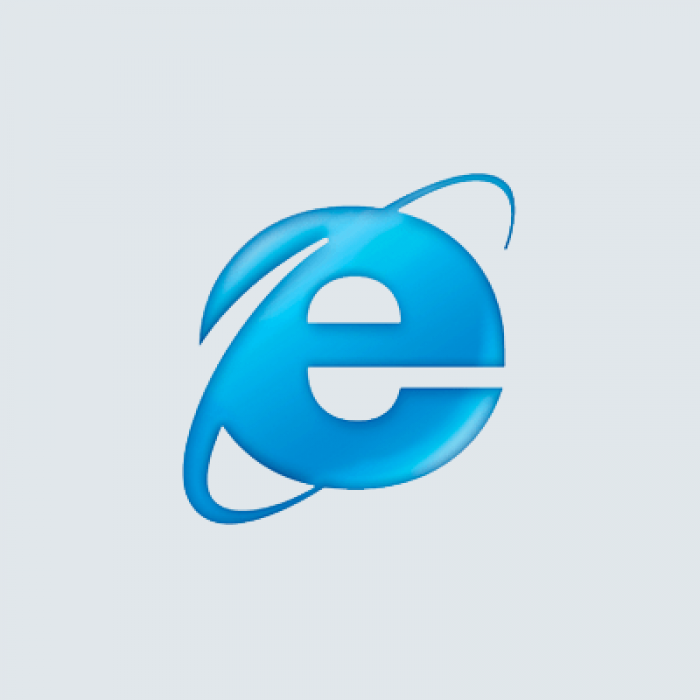Killing IE6
Back in 2009, a few frustrated souls working at YouTube decided that they’d finally had enough.

At the risk of sounding like an old fart, I remember well the dark days of web development, when IE6 cast its shadow over the Earth and there was nothing to do but roll up your sleeves, grit your teeth, and do your best to accommodate its deficiencies without compromising your design or swearing too much.
But back in 2009, a few frustrated souls — nay, heroes — working at YouTube decided that they’d finally had enough, and began concocting a plan to put IE6 out of our misery:
IE6 had been the bane of our web development team’s existence. At least one to two weeks every major sprint cycle had to be dedicated to fixing new UI that was breaking in IE6. Despite this pain, we were told we had to continue supporting IE6 because our users might be unable to upgrade or might be working at companies that were locked in. IE6 users represented around 18% of our user base at that point. We understood that we could not just drop support for it. However, sitting in that cafeteria, having only slept about a few hours each in the previous days, our compassion for these users had completely eroded away. We began collectively fantasizing about how we could exact our revenge on IE6. One idea rose to the surface that quickly captured everyone’s attention. Instead of outright dropping IE6 support, what if we just threatened to? How would users react? Would they revolt against YouTube? Would they mail death threats to our team like had happened in the past? Or would they suddenly become loud advocates of modern browsers? We openly daydreamed about cubicle workers around the world suddenly inventing creative “business” reasons for needing upgraded browsers. Grandparents would hold their technically savvy grand-kids hostage, demanding they fix their “YouTubes”. What had begun as a team therapy session started to materialize into an actual plan, a plan we quickly realized we were uniquely positioned to execute on.
The results were dramatic (emphasis mine):
Between YouTube, Google Docs, and several other Google properties posting IE6 banners, Google had given permission to every other site on the web to add their own. IE6 banners suddenly started appearing everywhere. Within one month, our YouTube IE6 user base was cut in half and over 10% of global IE6 traffic had dropped off while all other browsers increased in corresponding amounts. The results were better than our web development team had ever intended.
This is a fascinating and thoroughly entertaining read, especially when you get to the various reactions their efforts received from YouTube’s PR people, lawyers, etc.
Enjoy reading Opus? Want to support my writing? Become a subscriber for just $5/month or $50/year.
Subscribe Today